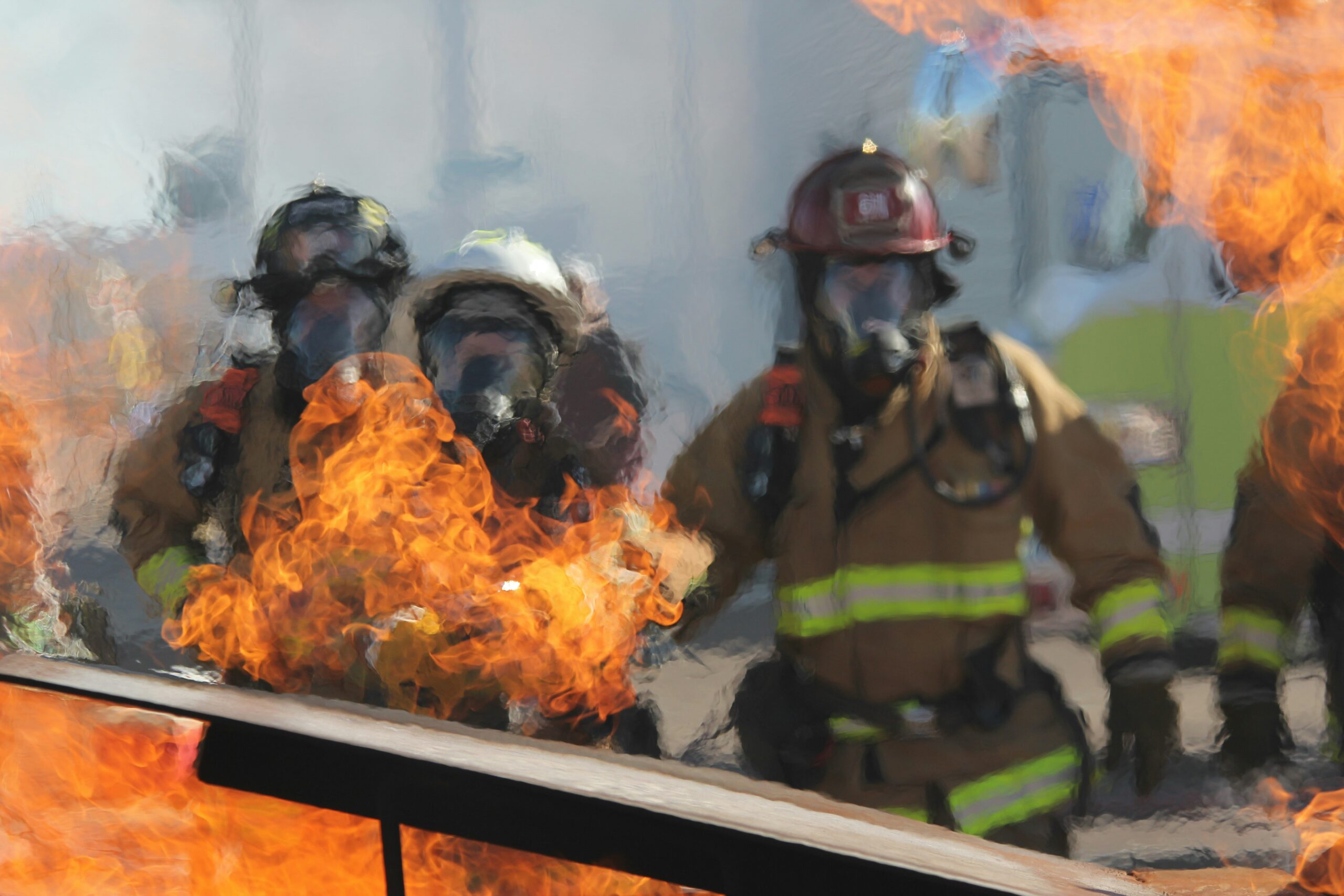Reaction to fire testing is generally smaller in scale compared to fire resistance testing and focuses on specific components or materials that reflect real-world applications. Fire spreads due to heat transfer when a material adjacent to a flame becomes heated enough to ignite.
Through developmental research and testing programs, we determine how materials, substances, or products will perform when exposed to a heat source. The early stages of a fire’s development significantly influence its overall behavior, and reaction to fire testing helps us understand and control these dynamics.
Legislation requires reaction to fire testing to determine and regulate the characteristics of certain building components to ensure safety and compliance.


WhatsApp us